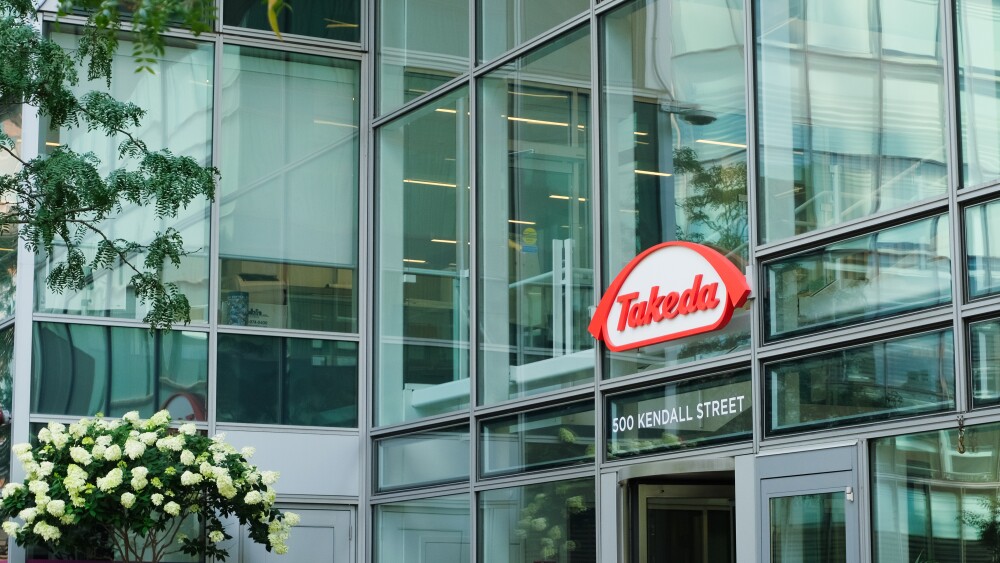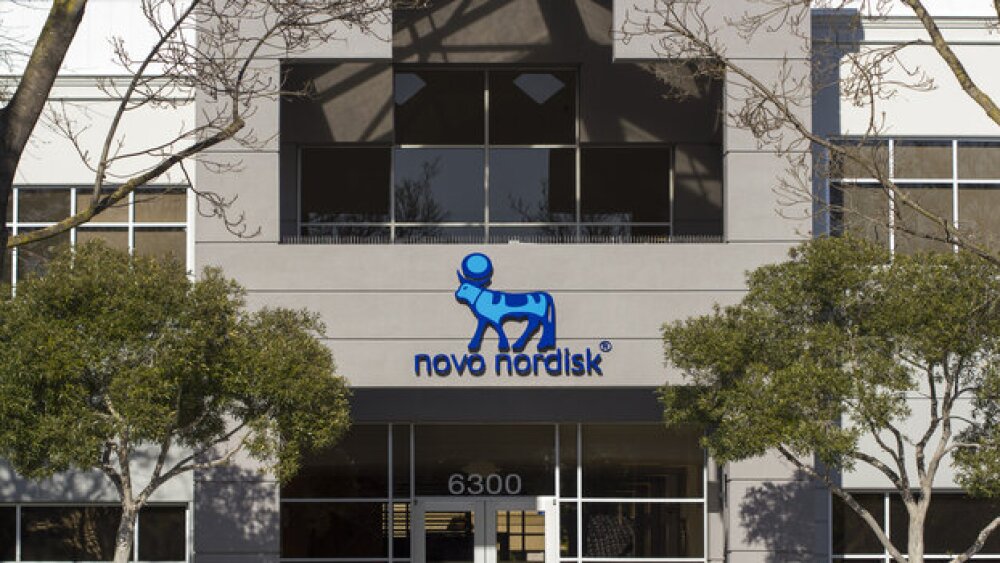Following first-quarter results, Johnson & Johnson is projecting almost $1 billion less in revenue for the year than the initial guidance it gave in January.
Courtesy of Novikov Aleksey/Getty Images
Johnson & Johnson is a behemoth, with first-quarter sales growth of 5% to $23.4 billion. But despite that, the company is projecting lower revenue for the year than the initial guidance it gave in January. And it’s not nickels and dimes, but almost $1 billion lower.
“Our first-quarter results demonstrate strong performance across the enterprise, despite macro-economic headwinds,” said the company’s CEO, Joaquin Duato. “I am incredibly proud of Johnson & Johnson’s 144,000 employees for their relentless passion and Credo-based commitment to delivering transformative healthcare solutions to patients and customers around the world.”
For the quarter, J&J reported $3.586 billion in sales for its Consumer Health division, $12.869 billion for Pharmaceutical and $6.971 billion for MedTech. For Consumer Health, the adjusted operational sales increased 1.6%, primarily due to over-the-counter (OTC) products such as Tylenol, Motrin and Imodium.
The Pharmaceutical division’s worldwide adjusted operational sales grew 9.3%, driven by multiple myeloma drug Darzalex (daratumumab), immuno-inflammatory drug Stelara (ustekinumab), plaque psoriasis and psoriatic arthritis drug Tremfya (guselkumab), and prostate cancer drug Erleada (apalutamide) and a few others.
The company also included the COVID-19 vaccine in this category of growth, although it also noted the growth overall was partially offset by sales drops of Remicade (infliximab) for immuno-inflammatory diseases, anticoagulant Xarelto (rivaroxaban), and prostate cancer Zytiga (abiratone acetate).
However, the company stopped providing revenue guidance for its COVID-19 vaccine, citing a global supply surplus and uncertainty over demand. J&J’s chief financial officer Joe Wolk said that developing countries have limited vaccine capacity due to refrigeration issues and problems with getting shots into arms, which has caused a vaccine backlog. Wolk, when asked about guidance on the vaccine, noted it was unusual to offer guidance for a specific product in general.
“We did it last year because we understood the Street had an expectation or at least an excitement around understanding how vaccine sales might play out but it was never material,” Wolk told CNBC’s Meg Tirrell.
Wolk also noted that the COVID-19 vaccine wasn’t intended for profit and doesn’t affect J&J’s bottom line, although he said their sales hit their internal expectations.
In January, the company projected COVID-19 vaccine sales of $3.5 billion for the year. In the first quarter, the vaccine brought in $457 million, most of it from outside the U.S. In the U.S., for the quarter the vaccine accounted for $75 million, about 25% lower than in the same quarter in 2021. In 2021, the vaccine brought in $2.38 billion.
According to the U.S. Centers for Disease Control and Prevention, about 17 million people in the U.S. received J&J’s single-dose COVID-19 vaccine. However, about 125 million received Pfizer-BioNTech’s two-shot regimen, and 76 million received Moderna’s two shots. The CDC and the U.S. Food and Drug Administration have tended to recommend the Pfizer-BioNTech and Moderna shots over J&J’s because of a rare blood clotting issue linked to J&J’s shot. The Pfizer-BioNTech and Moderna shots have also shown generally greater efficacy and been more quickly authorized for booster doses.
Revenue, in general, was slightly below Wall Street expectations, hitting $23.4 billion compared to an expected $23.6 billion. Earnings per share (EPS), on the other hand, exceeded expectations, bringing in $2.67 per share compared to $2.58 expected.
The MedTech division’s adjusted operational sales grew 8.6%, driven by electrophysiology products in Interventional Solutions, contact lenses and surgical vision products in Vision, wound closure products in General Surgery, hips, trauma and knees in Orthopedics, and biosurgery in Advanced Surgery.
In January 2022, the company had estimated 2022 sales of $95.9 to $96.9 billion but has now dropped the estimated reported sales to $95.8 to $95.8 billion.





